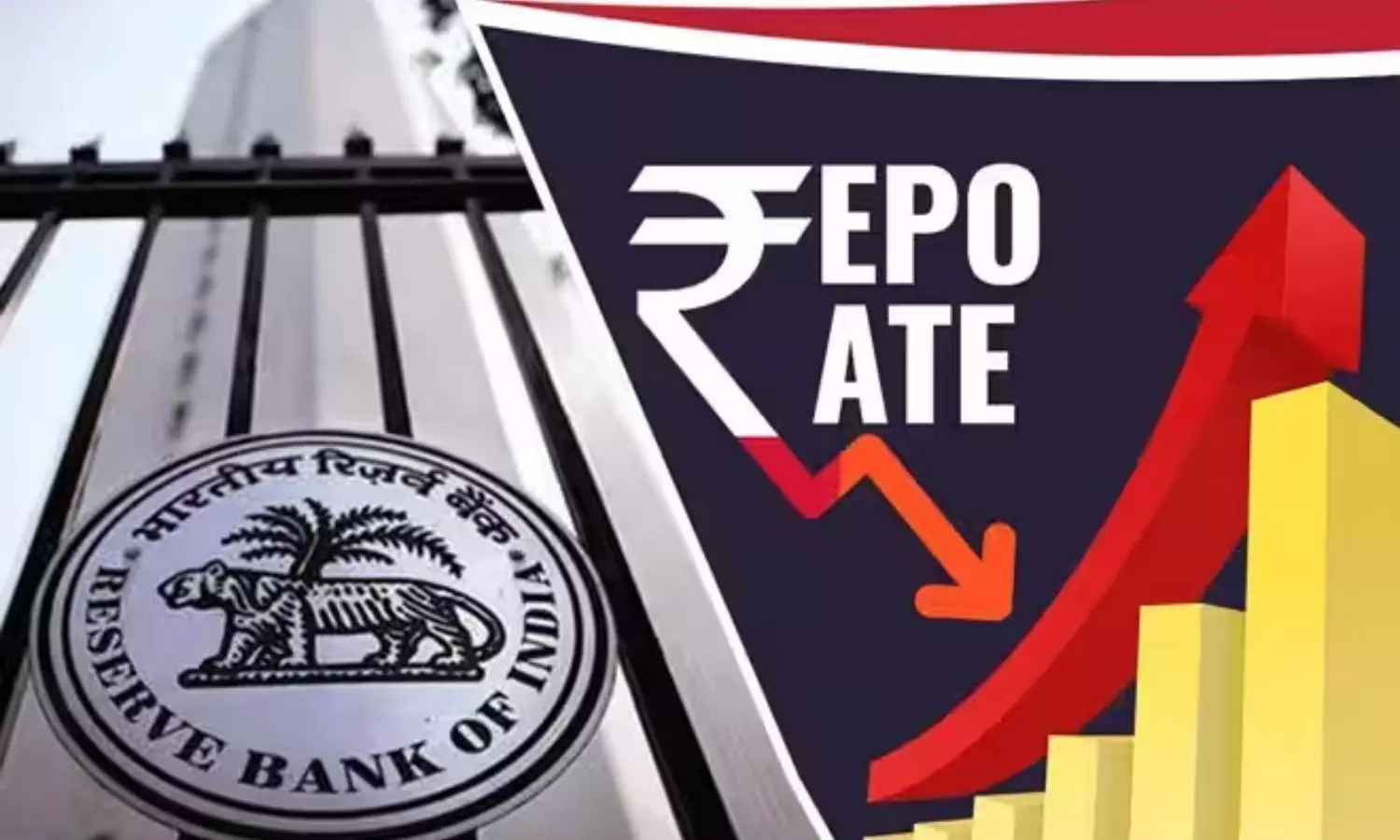RBI announces its first monetary policy for the fiscal year 2025: Details
RBI recently unveiled its first monetary policy for the fiscal year 2025, maintaining the key policy repo rate at 6.50 percent for the seventh consecutive time.
image for illustrative purpose

RBI recently unveiled its first monetary policy for the fiscal year 2025, maintaining the key policy repo rate at 6.50 percent for the seventh consecutive time. Despite one MPC member's suggestion for a 25 basis points reduction in the repo rate and a change in stance to neutral, the majority voted to keep the status quo. This decision aligns with the RBI's current stance of "withdrawal of accommodation."
The governor acknowledged the persistent concern of inflation, particularly emphasizing the impact of food prices on the disinflation process. Although headline inflation has moderated since its peak in December, food prices continue to exert pressure, hindering the achievement of the 4 percent inflation target.
Furthermore, the RBI retained its inflation forecast at 4.5 percent, assuming a normal monsoon despite challenges posed by soaring crude oil prices and disruptions in the global supply chain due to the Red Sea crises.
In terms of economic activity, the RBI noted robust investment demand and positive business and consumer sentiments, contributing to durable domestic economic activity. The GDP growth forecast for FY25 remains at 7 percent with balanced risks, providing room for potential rate cuts in the future.
Externally, the Indian rupee remained stable, supported by increased capital flows, particularly in foreign portfolio investments. The RBI's management of liquidity has been effective, with the weighted average call rate (WACR) now aligning closely with the policy repo rate.
Looking ahead, the RBI is expected to maintain an actively disinflationary monetary policy stance to achieve its 4 percent inflation target. A change in stance is anticipated in the second quarter of FY25, accompanied by potential rate cuts totaling 50 basis points later in the fiscal year.
Overall, the RBI's policy reflects a balanced approach, acknowledging the positive trajectory of the Indian economy while remaining vigilant against inflationary pressures stemming from food, fuel, and global shipping. Investors are advised to consider increasing duration in their portfolios, leveraging the comfort provided by long-term rates and term spreads.

